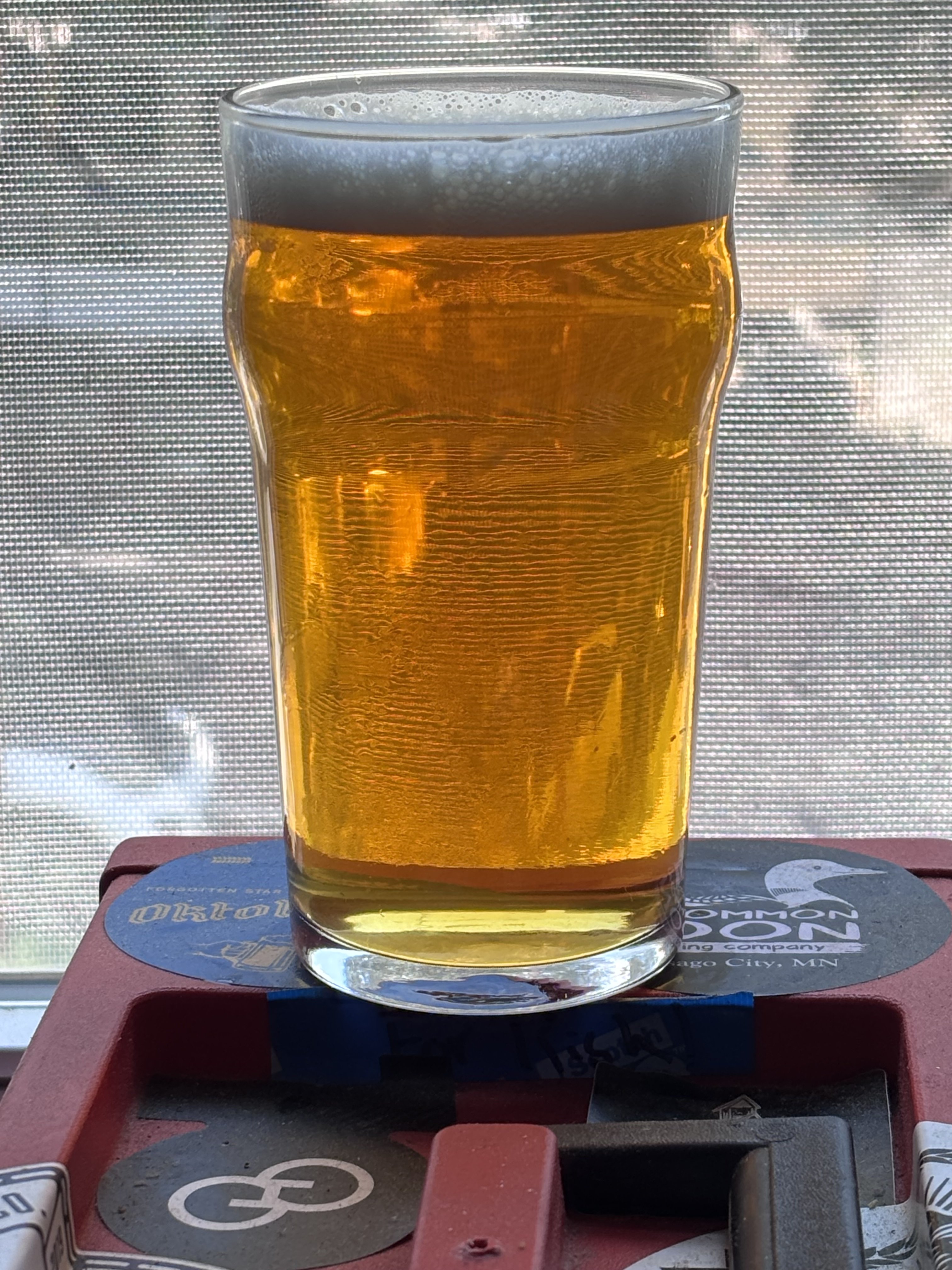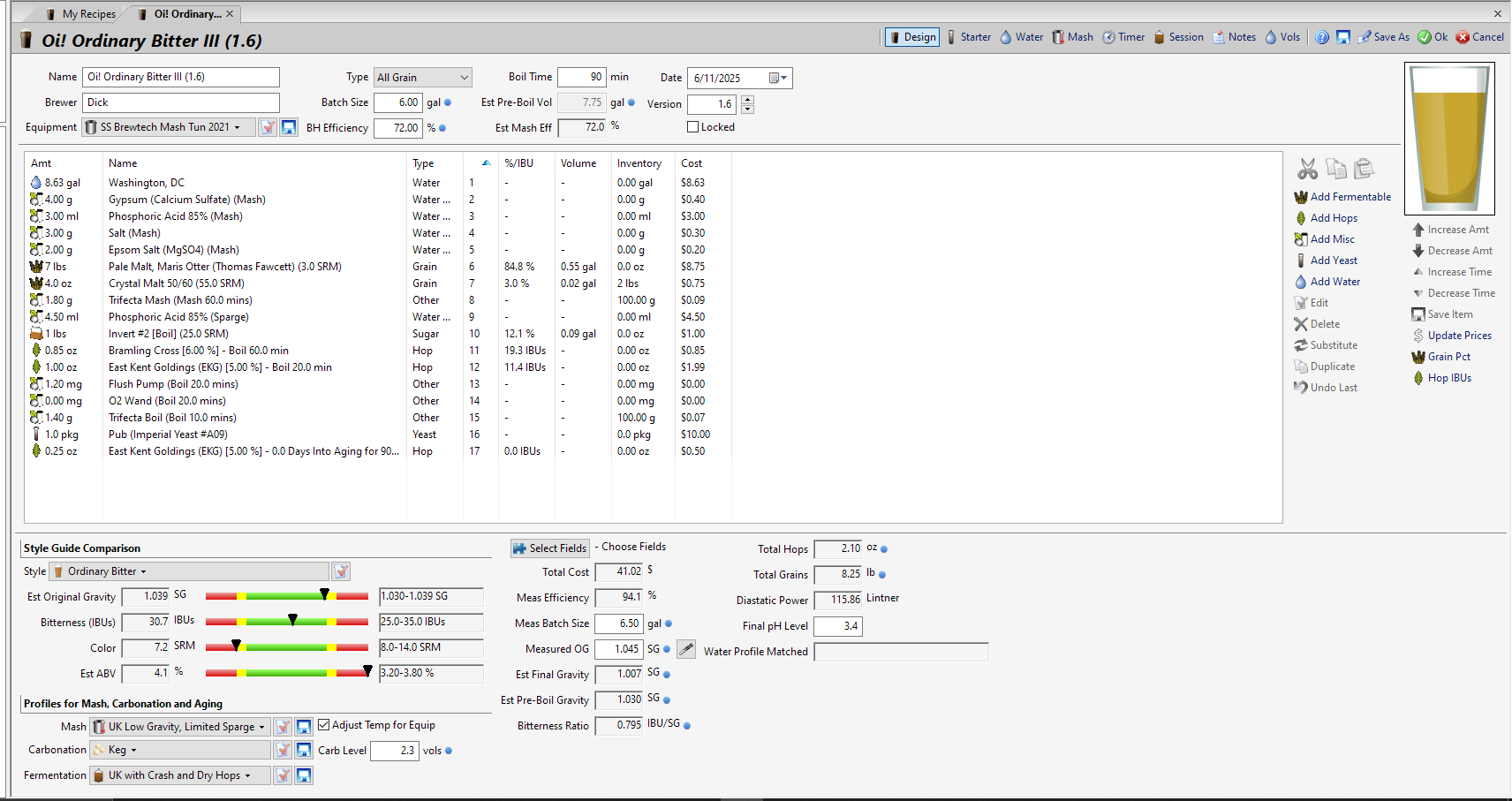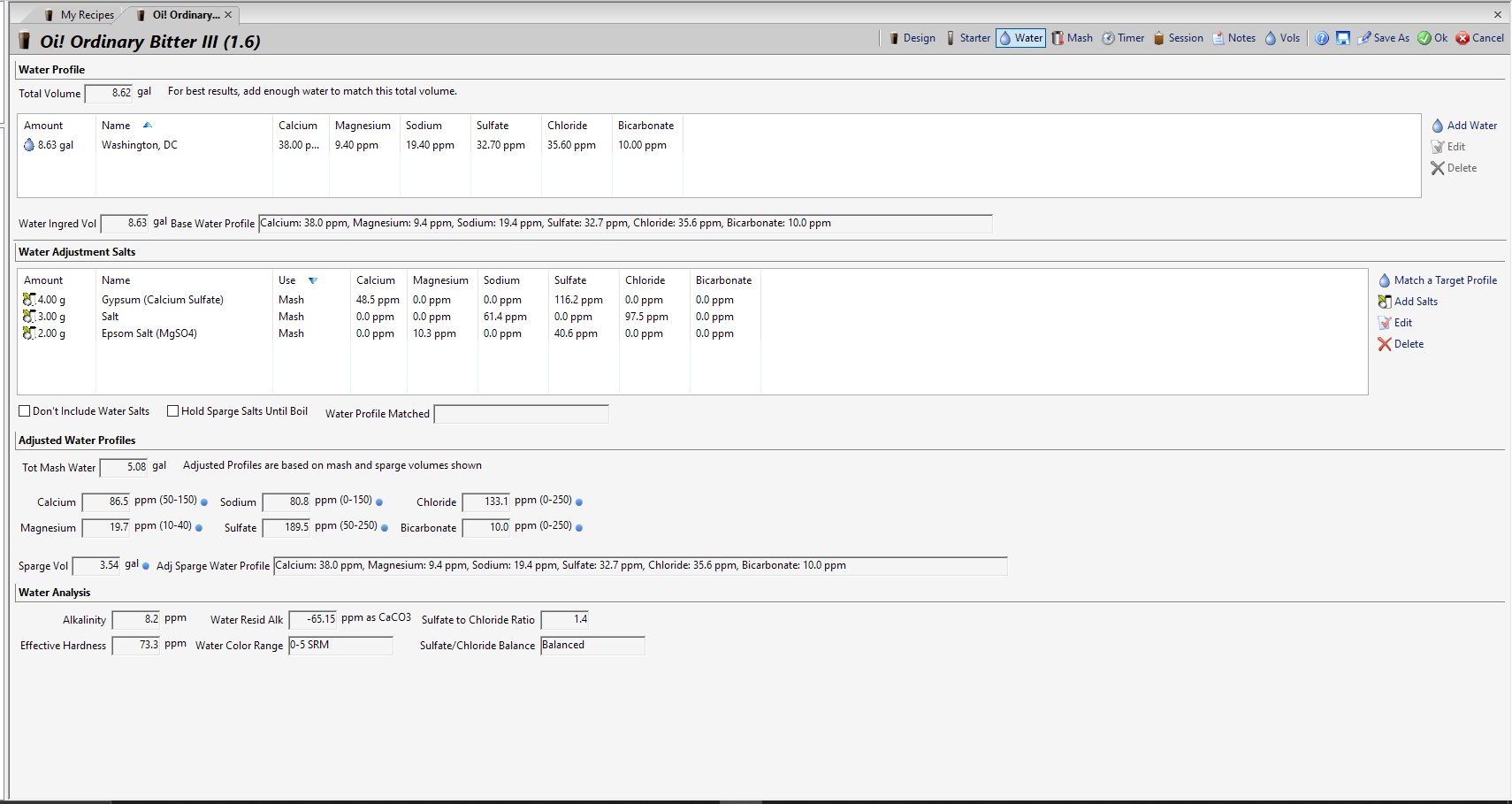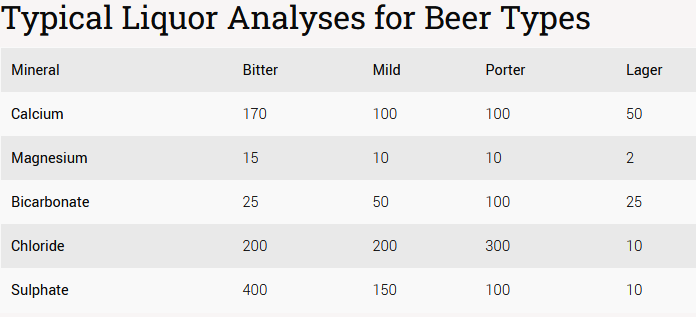I noticed this thread in the recent posts lists and figured I'd post the most recent iteration of my house ordinary bitter. There isn't a whole lot to talk about here, it's a bit of a paint-by-numbers bitter. I think the only interesting thing is my use of non-iodized table salt. I've been playing with non-iodized salt in all my beers for the past four years and this is my most aggressive use of non-iodized table salt in a bitter to date.
I'm fond of it. It trades off a bit of the sulfate dryness for a bit more roundness. It helps to integrate the flavors and slightly softens any rough edges in the ale. It took me four years to work my way up to 3g, it'll likely take me eight years to work my way up to 4g. Three grams seems about right for my water, but I'm sure that I'll eventually succumb to the homebrewer's curse and start chasing the dragon in pursuit of more perfect perfection. As things currently stand, I'm not sure where to go from here. This is a solid ordinary bitter. Rather than thinking about how to improve it, I should likely just enjoy it for what it is. But that's not how a homebrewer's brain works, right?
View attachment 878805
View attachment 878804













































![Craft A Brew - Safale S-04 Dry Yeast - Fermentis - English Ale Dry Yeast - For English and American Ales and Hard Apple Ciders - Ingredients for Home Brewing - Beer Making Supplies - [1 Pack]](https://m.media-amazon.com/images/I/41fVGNh6JfL._SL500_.jpg)















